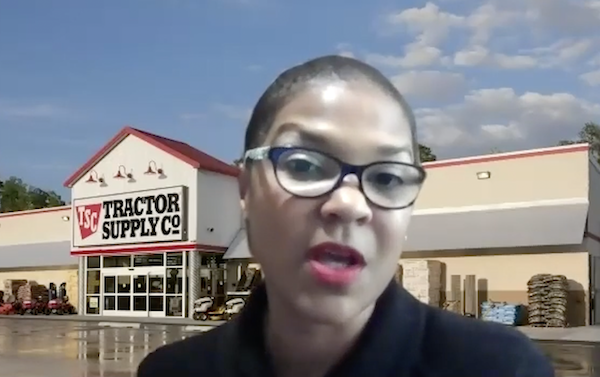It’s one thing to talk about the value of ESG, and another to make it part of how you do business. It’s the latter that you’ll be judged on.
As Cynthia Dow of Russell Reynolds told participants at the recent Vanguard Forum for General Counsels, regardless of promises, “the thing that external stakeholders are going to be looking for is measured, sustained progress over time.”
And those stakeholders aren’t just consumers and individual shareholders. Mary Ann Hynes, Senior Advisor at Dentons, told the group that for many companies, “the SEC, the United Nations, the EU, the investment communities, and most other world governments are all watching” your behavior around ESG, even as they formulate their own new rules and standards.
Meanwhile, there’s always inertia and resistance on the inside. In this highlights video — the first of a series on the subject — business leaders at the Forum talk about what it takes to push through.
For Mary Ann, the answer is disciplined leadership and communication. “In good companies, you have the announced strategy, and everybody aligns with that,” she says. “So everybody stays on strategy, on message, and ESG can fit in and can be a winner, not just [an averted] risk.”
Noni Ellison, the GC at Tractor Supply, offers a concrete example. The company’s success at embedding ESG into its strategy — through major eco-friendly initiatives — was all about the “tone at the top,” she says.
It was a decision made by our CEO, and that sent a very strong message to the head of our supply chain, to the head of our store ops. “This is what we're going to do, this is what we plan going forward.”
— Noni Ellison, SVP and General Counsel
Tractor Supply Company
It’s also crucial to focus aggressively on the business case for ESG, as Michael Tucker found at Avis.
If you’re going at ESG as “the right thing to do,” forget it — you will be shot down before you get a first sentence out. What I was able to show them is that there were benefits on general liability insurance to having a centralized corporate compliance. When you explain to them the benefits of having a robust ESG [program], and then you show them what happens if you don't — if there's a mistake that would have been covered under that — that begins to open people's minds.
— Michael Tucker, past EVP and General Counsel
Avis Budget Group
Still, taking on too many ESG challenges at once can be a recipe for both internal resistance and ultimate failure. Christine Castellano, GC at The Andersons, points out that “not every company has to be a leader in ESG.” An organization happy to be in the middle of the pack, she adds, might pick one facet of ESG to focus on for now: “For an agricultural company, it might be sustainable agriculture, where we say we have the ability to lead.”
Heather French of Western Union agrees, recommending a materiality matrix to narrow the search.
It’s the easiest way to ensure you’ve picked the categories that are most strategic for your business. And then you identify the ones in which you want to be a leader, [match the] industry standard, or meet minimum requirements. And I think if you put it that way, then you do start to build that buy-in from the organization.
— Heather French, SVP and Deputy General Counsel for Corporate Affairs
Western Union
Check out the video for more on making ESG a reality.

